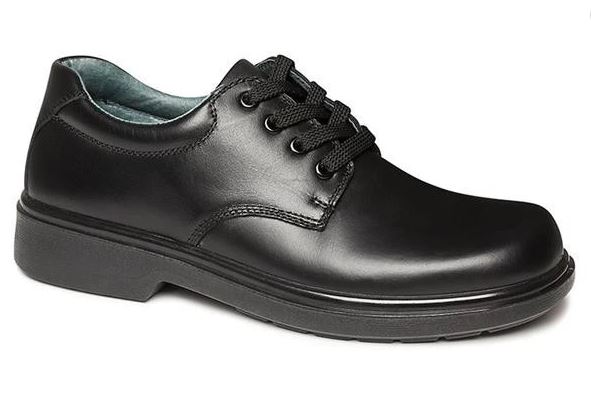A new school year is starting soon and so is that tradition of getting the new school shoes for the year.

As the feet of children are still growing, they are malleable which means that getting the fit of shoes wrong can result the potential of affecting the normal development of the foot and lead to problems later in life. The role of the shoe is to protect your child’s feet and ensure that normal development can happen. This is even more important for school shoes, since your child spends so much time in them. To ensure that their shoes do fit properly, make sure you have your children’s feet measured regularly for length and width each time you buy shoes.
Specifically, the toe area of the shoe should allow your child’s toes to move freely about and not be squashed from the top or the sides by the shoes. Make sure there is around 1cm growing room between the end of the child’s longest toe and the top end of their shoe. The shoe should fit comfortably around the back of the heel as well and be too loose or too tight.
Going to a specialty footwear retailer to have shoes fitted by a store that offers trained assistants can also help ensure that your child gets the correct size and shape of shoe.
When should you seek advice from a podiatrist?
A podiatrist can help ensure your child’s school shoes are fitted correctly. An evaluation by a podiatrist is also recommended if you notice changes happening, such as uneven shoe wear on the heels or if there is pain in your child’s feet. You should also consider getting the help of a podiatrist if you notice your child walks on their tip toes, or their walk does not look the same on both feet and legs; or if you have any other general concerns about your child’s foot health.


